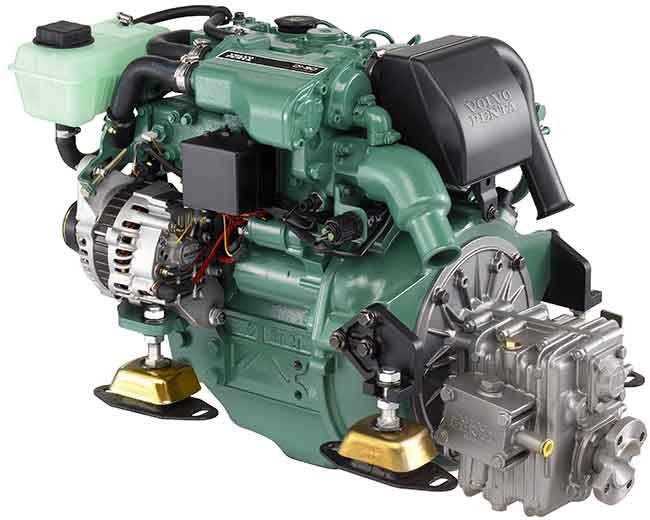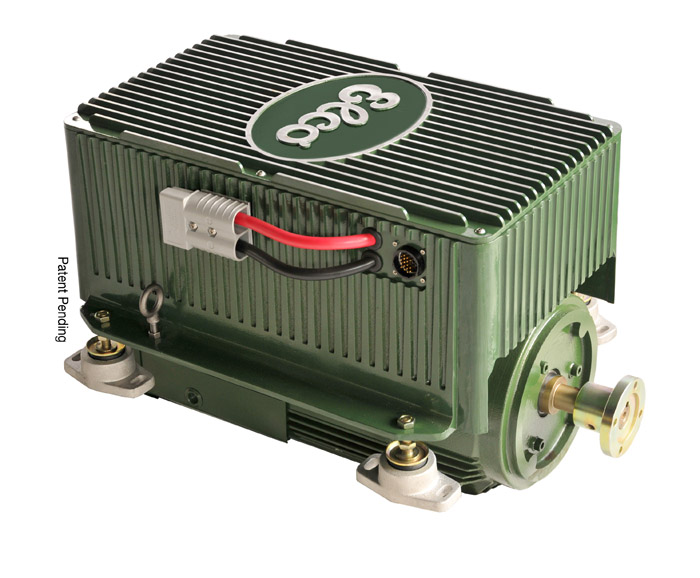

- Winterizing an inboard boat motor manual#
- Winterizing an inboard boat motor full#
- Winterizing an inboard boat motor professional#

Remove the spark plugs, spray the fogging oil (following the directions carefully), and replace the spark plugs without connecting the wires. Your engine will be sitting dormant for a while, so it’s a good idea to spray fogging oil into the carburetor and down the spark plug holes.
Winterizing an inboard boat motor manual#
Note: Please consult your engine’s owner’s manual for specific instructions. Flotation devices, skis, tubes, wakeboards, towels, and fishing equipment can trap moisture and cause mildew.Īny electronic equipment should also be removed and stored indoors to protect it from cold temperatures, moisture buildup, and theft. You should remove any miscellaneous equipment from the boat. Teak, carpet, and vinyl can breed mildew, especially when the pontoon boat is covered and there is little ventilation. Make sure to get all surfaces nice and clean and let them dry thoroughly before storing. The interior of the boat should also be cleaned. Once you have the outside clean, you may want to apply a polish to create a protective barrier from rust and dirt. Any dust, grime, or barnacles that are on the exterior will be much easier to clean now than after winter. It is important to thoroughly clean your pontoon boat inside and out before storing it for the winter. Should you decide to go it alone, we’ve assembled these basic tips to help you winterize your boat and keep it in top condition during the off-season.

Please locate a dealer near you and inquire about this service.
Winterizing an inboard boat motor professional#
Because there are so many factors to consider, it is usually a good idea to hire a professional to winterize and/or store your pontoon boat, and many of our dealers offer this service.
Winterizing an inboard boat motor full#
Products that advertise protection to -50☏ may require that you use the product full strength, while other products can be diluted with water at a 3:1 ratio and provide the same -50☏ protection.Preparing your pontoon boat for the winter months is absolutely essential to protect your investment and to ensure that your boat is in great shape and ready for use in the spring. That’s why lower temperature rated products are more expensive. When buying antifreeze, you are mostly paying for ethylene or propylene glycol, the proportion of which can vary from 25 to 95 percent. No matter what type of antifreeze you choose, be sure to follow the manufacturer’s dilution ratio instructions carefully. Slushing is not injurious to engine or potable water systems.įor an expanded discussion of freeze points vs burst points, and more about West Marine Antifreeze, click on the link at the bottom of this article.

The freeze point is the temperature at which ice crystals (slush) will begin to form in the undiluted product. Burst points are a standard created by the plumbing industry in the 1930s to indicate the relative strength of antifreeze. The temperature ratings (-50☏, -60☏, -100☏, etc.) that we associate with our antifreeze products denote the “burst point”, which is the temperature at which a sealed copper pipe filled with the undiluted product will burst. You can find it in the Engine section of this site. Due to the additives it contains, it should not be used for winterization of potable water systems. This enables it to be used for freeze protection during the winter and as engine coolant in the summer. West Marine Engine Antifreeze and Coolant contains an additive package that prevents corrosion and antifreeze breakdown at high operating temperatures.Since this antifreeze does not include the additive package required for use as engine coolant, it should not be used for running engines. We offer this antifreeze with a choice of a -50☏, -60☏ or -100☏ temperature rating to meet the needs of the coldest of climates. For winter layup of engines and to protect potable (drinking) water systems from freeze damage, non-toxic West Marine Engine and Water System Antifreeze is ideal.In addition to providing protection against freeze damage, some antifreeze can also be used as a coolant for running engines. The main applications for antifreeze include winterization of potable water systems, sanitation systems, cooling systems, non-running boat engines and air conditioners. We'll walk you through other considerations to help you make the right choice for your boat. While it is slightly more expensive to produce, it offers a combination of safety and effectiveness we feel makes it a superior choice for marine use. Propylene glycol is odorless, tasteless, biodegradable, and nontoxic. Ethylene glycol makes a good antifreeze/coolant, but it’s a poison that’s deadly to pets and wildlife and makes disposal problematic. The chemical in antifreeze that resists freezing is either ethylene glycol (EG) or propylene glycol (PG).


 0 kommentar(er)
0 kommentar(er)
